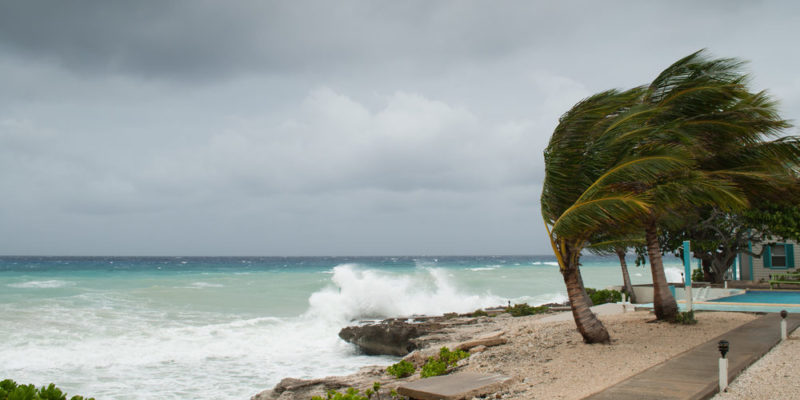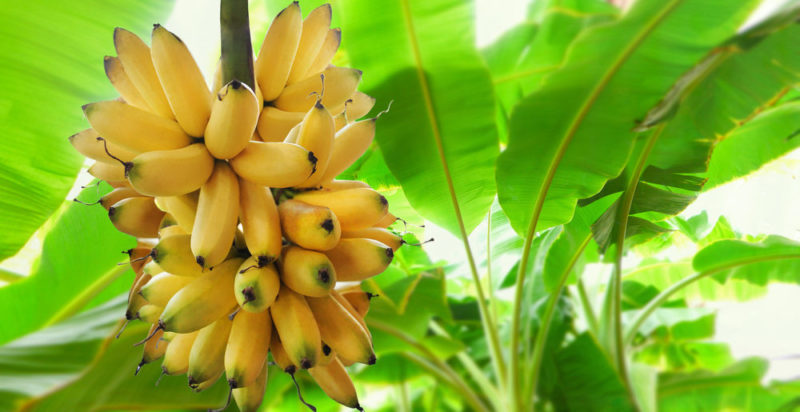We explain what the tropical climate is and what its characteristics are. In addition, types of climate and examples of flora and fauna of this environment.
What is the tropical climate?
The tropical climate is a type of climate that consists of warm temperatures, greater than 18º C , which are moderately maintained throughout the year. It is typical of the regions of the tropics of Cancer and Capricorn, hence the origin of its name.Latitude is the distance of a point on Earth from the line of the equator. A higher latitude means that it is further from the equator and closer to the poles. The region between the two tropics that encompasses the equator is the one that receives the sun's rays with the greatest intensity .
The tropical climate is conducive both to the growth of vegetation and food crops as well as to the development of insects that can even cause diseases, such as malaria. The large amount of annual rainfall allows the proliferation of a vast flora, with a great variety of herbivorous and carnivorous animals .
Characteristics of the tropical climate
 The tropical climate is characterized by being hot and humid during most of the year . It goes from a long hot and dry season to a brief and sparse rainy season that feels sticky and heavy for those who are not used to it.
The tropical climate is characterized by being hot and humid during most of the year . It goes from a long hot and dry season to a brief and sparse rainy season that feels sticky and heavy for those who are not used to it.It is a climate typical of the regions that are located in the tropics, near the equator line:
- Tropic of Cancer. From west to east is the area that crosses part of the countries of the northern hemisphere, such as Mexico , Bahamas, Mauritania, Mali, Algeria, Niger, Libya, Chad, Egypt, Saudi Arabia, United Arab Emirates, Oman, India, Bangladesh, Burma and China.
- Tropic of Capricorn. From west to east is the area that crosses part of the countries of the southern hemisphere, such as Chile , Argentina , Paraguay , Brazil , Namibia, Botswana, South Africa, Mozambique, Madagascar and Australia.
The tropical regions are usually warm and the seasons do not present many variations in temperature between them , so there are only two types of seasons: dry and wet. These conditions, among others, are what make it possible for the tropical climate to host 80% of the world's biological diversity .
Although tropical climate zones are defined by their latitude with respect to the equator, there are variations in temperature that are conditioned by the height of the ground . In those higher mountainous points, especially in some small islands, the temperatures are usually very cold, even freezing.
The tropical climate unfolds in the tropic zone that includes part of the two hemispheres . These hemispheres are divided by the equator line, the point at which the respective opposite seasons of the tropical climate (dry and humid) meet.
This contrast in temperatures that occurs between the northern hemisphere, for example, in the summer season, and the southern hemisphere, which is the winter season, generates upward winds and constantly low atmospheric pressure. Some winds are very intense and destructive, such as hurricanes and monsoons.
Types of tropical climate

The tropical climate can be:
- Dried. It is characterized by low rainfall during most of the year and by very high temperatures. The rains are occasional and brief, although they can be very intense.
- Damp. It is characterized by quite warm temperatures and abundant rainfall. Drought periods are usually very rare.
- Subtropical. It is characterized by being similar to the humid climate, although the temperatures are a little less warm and the precipitations are less abundant.
Examples of flora and fauna of tropical climate

Some examples of the typical flora of the tropical climate are:
- The ficus aurea. Tree known as the strangler fig.
- The cocos nucifera. Palm tree known as coconut tree.
- The American persea. Plant known as avocado or avocado.
- The ficus benghalensis. Tree native to Bangladesh known as the banyan tree.
- The bamboo. Tropical plant with a wide variety of species that are very similar to each other.
- The muse of paradise. Plant known as plantain or banana.
- The carica papaya. Shrubby plant known as papaya or mamón.
- The saccharum officinarum. A grassy plant known as sugar cane.
- The mangifera indica. Fruit tree known by the name of its fruit, the mango.
- The pineapple comosus. Shrubby plant known by the name of its fruit, the pineapple.
- Parrot
- Anaconda
- Lemur
- Chimpanzee
- Lazy
- Jaguar
- Iguana
- Frog
- Toucan
- Armadillo
The above content published at Collaborative Research Group is for informational and educational purposes only and has been developed by referring reliable sources and recommendations from experts. We do not have any contact with official entities nor do we intend to replace the information that they emit.
MA student of the TransAtlantic Masters program at UNC-Chapel Hill. Political Science with a focus on European Studies. Expressed ideas are open to revision. He not only covers Technical articles but also has skills in the fields of SEO, graphics, web development and coding. .
Leave a reply
Your email address will not be published. Required fields are marked *Recent post

Sport: What Is It, Types, Risks, Features, Characteristics and Examples

Dogs: Emergence, Features, Characteristics, Feeding and Breeds

Story: Definition, Elements, Structure, Features and Characteristics

